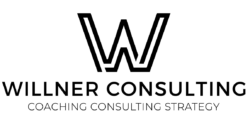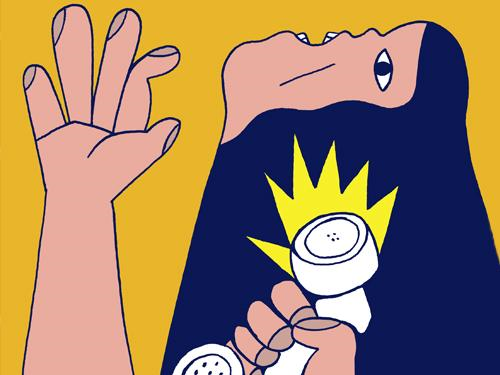A behavior becomes a habit when the brain links it with reward. This process can take time—but it doesn’t have to. Thanks to neuroplasticity, you can actively shape the way your brain forms habits.
One of my big takeaways from last year—along with my now well-ingrained habit of early outdoor workouts, even at -3°C! Pretty cool, literally. A bit of a boast, I know, but it stems from a place of genuine surprise—I wasn’t sure in June that I’d still be at it through winter!
The Role of Neuroplasticity in Habit Formation
Neuroplasticity is the brain’s ability to change and adapt throughout life. More specifically, self-directed neuroplasticity refers to intentionally rewiring your brain to create positive habits. This process happens through active reflection, which strengthens the link between behavior and reward.
Reflection is key because many habits form unconsciously. When your brain detects a pattern—such as an action leading to a satisfying outcome—it stores that information in the basal ganglia, the part of the brain responsible for emotions and memories. However, this is separate from the prefrontal cortex, where conscious decision-making happens. This explains why habits, once formed, can feel automatic and difficult to break. You can read more about this in the Healthline article linked to below!
Reinforcing Positive Behaviors
For me, recognizing and actively paying attention to the mental and physical benefits of early workouts has been crucial in making them a habit. The feel-good effects after a session reinforce my motivation, even on dark and freezing mornings. The stress from watching the morning news resolves, and the optimism and energy I need for a busy day with clients builds. Suddenly almost everything feels possible – at least for a while!
Understanding the science of habit formation is just as valuable when breaking unwanted behaviors, like excessive worrying or mindless phone scrolling. And I know there’s a lot of doom scrolling going on at the moment. Since these habits also stem from the basal ganglia, increasing awareness and consciously reflecting on their effects can help disrupt the cycle.
Your Habits in 2025
Which habits do you want to build—or break—this year? How might a better understanding of your brain shape your approach? By leveraging neuroplasticity and intentional reflection, you can take control of your habits and set yourself up for lasting success.
Source https://www.healthline.com/health/the-science-of-habit#1



